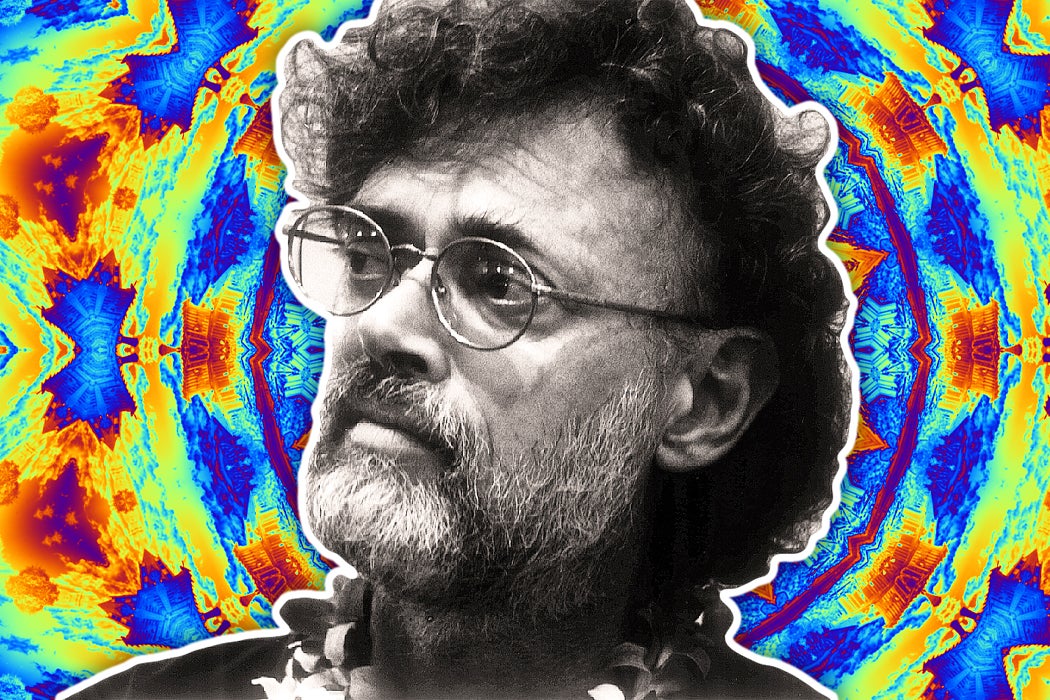With several companies seeking FDA approval for the medical use of psilocybin, and Oregon set to legalize it next year, the “magic mushroom” drug is increasingly mainstream. Yet, as religion scholar Andrew Monteith writes, the subculture in which psilocybin became popular in the US drew a central sense of its identity from opposition to the dominant culture. And no figure better epitomizes this than Terence McKenna. Monteith argues that McKenna made psilocybin and other mind-altering drugs the center of an enormously influential movement that was (and continues to be) both a religion and a radical political philosophy.
McKenna entered the world of psychedelics—or entheogens, a term Monteith prefers for its more spiritual connotations—at a time when the popular perception of the psychedelic poster child, LSD, was shifting. The drug had initially emerged as a pharmaceutical product that medical researchers believed had enormous potential. But by the mid-1960s it was becoming associated with youth unrest, antisocial behavior, and a lack of cohesion among US troops fighting in Vietnam.
Starting in 1965, McKenna studied ethnobotany at the University of California Berkeley, while also using substances such as LSD and DMT (the main ingredient in ayahuasca).
In 1976, McKenna and his brother Dennis anonymously published a guide to growing psychoactive psilocybin mushrooms. The book argues that mushrooms were the source of humanity’s first religious ideas and that entheogens would lead to “the next evolutionary step” for humanity.
Monteith writes that, in McKenna’s view, it was no coincidence that dominant political forces opposed such a substance. He believed that early human societies had been egalitarian and embraced consciousness-altering medicines. Then came the rise of “dominator culture” and patriarchal monotheism. These systems despised entheogens for the way they allowed people to transcend their individual egos.
McKenna wrote that “untrammeled rationalism, male dominance, and attention to the visible surface of things” had rendered society “very, very sick.” His solution was “Anarchic Revival,” encompassing both spiritual connection to the natural world and new, egalitarian social structures.
Weekly Newsletter
McKenna mingled scientific and pseudoscientific ideas about plant medicines and human consciousness. He cited real academic scholars in explaining his views of human history. But many of his ideas came from things that he and other “Psychonauts” had experienced while using entheogens. In his cosmology, psilocybin mushrooms were understood as sentient entities from space that can communicate with those who eat them. DMT, meanwhile, could allow people to visit a realm populated by “machine elves” capable of teaching humanity new forms of communication.
Since McKenna’s death in 2000, Psychonauts have distributed his recorded lectures and writings widely on the internet. Some on Reddit and other forums discuss connections between his words and their own experiences with entheogens. Some create art featuring the man, which Monteith suggests may sometimes function as icons like paintings of a saint, used in devotional practices involving entheogens.
Today, it remains an open question how this counterculture will adapt, as psychedelics become increasingly acceptable to a dominant society that once tried to eliminate them.







